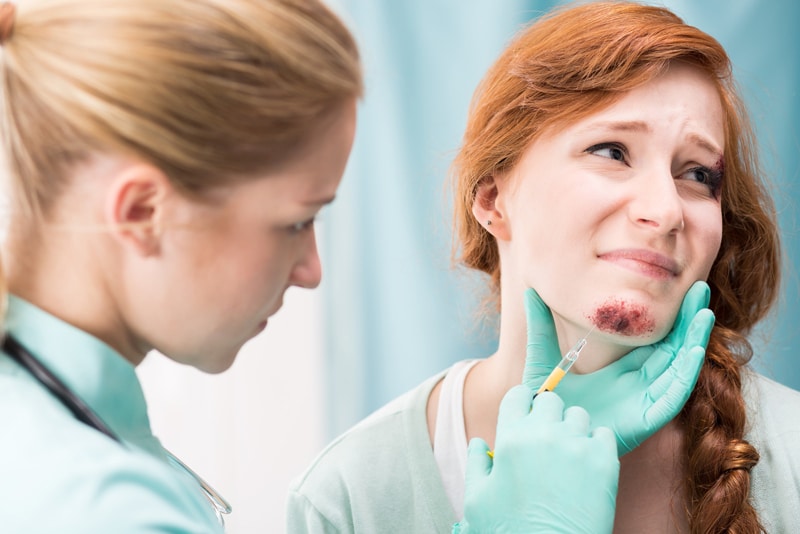January is Human Trafficking Awareness Month. Human trafficking is a serious global problem and criminal act, and the United States is no exception. Reports indicate that hundreds of thousands of men, women and children are believed to be working in exploitative conditions in the US. Since 2007, more than 49,000 cases of human trafficking in the US have been reported to the National Human Trafficking Hotline (www.businessinsider.in). Healthcare providers are trained to identify and document victims of forced (labor) or sexual exploitation. In 2018, 29 new ICD-10 abuse codes were approved to distinguish victims of human trafficking from other victims of abuse. Coders in companies providing physician billing services have a key role in helping clinicians use these codes to document incidence of and risk factors for trafficking, the burden of comorbid illness and injury, and resources needed to effectively care for trafficked persons.
The United Nations defines human trafficking as: “The recruitment, transportation, transfer, harboring or receipt of persons, by means of the threat or use of force or other forms of coercion, of abduction, of fraud, of deception, of the abuse of power or of a position of vulnerability or of the giving or receiving of payments or benefits to achieve the consent of a person having control over another person, for the purpose of exploitation.”
Before the trafficking-specific diagnostic codes came into effect, ICD-10 failed to “capture the profoundly exploitive nature of [human] trafficking and adequately distinguish trafficking patients from other types of abuse patients”, according to a paper published in the American Journal of Ethics in December 2018.
Trafficking victims may suffer from an array of physical and mental health issues due to appalling living conditions, poor sanitation, lack of nutrition, poor personal hygiene, brutal physical and emotional attacks by their traffickers, unsafe workplace conditions, occupational hazards and general lack of quality healthcare. Common health concerns for which trafficking patients seek care include sexually transmitted diseases, pregnancy, infectious diseases, bruises, scars and other injuries caused by physical abuse and torture, substance abuse problems, and much more.
The 2019-2020 trafficking-specific ICD-10 codes allow healthcare providers to create a comprehensive and informative database of the risk factors and appropriate care strategies for each condition of this unique patient population.
- T74.51 Adult forced sexual exploitation, confirmed
- T74.52 Child sexual exploitation, confirmed
- T74.61 Adult forced labor exploitation, confirmed
- T74.62 Child forced labor exploitation, confirmed
- T76.51 Adult forced sexual exploitation, suspected
- T76.52 Child sexual exploitation, suspected
- T76.61 Adult forced labor exploitation, suspected
- T76.62 Child forced labor exploitation, suspected
The above codes have multiple codes below them that contain a greater level of detail. There are also ICD-10 codes for external causes of morbidity including injury and poisoning, which categorize the type, intent, and mechanism of injury, and provide additional dimensions of information regarding the perpetration of abuse and violence:
- Y07.6 Multiple perpetrators of maltreatment and neglect
- Z04.81 Encounter for examination and observation of victim following forced sexual exploitation
- Z04.82 Encounter for examination and observation of victim following forced labor exploitation
- Z62.813 Personal history of forced labor or sexual exploitation in childhood
- Z91.42 Personal history of forced labor or sexual exploitation
By using the abuse codes as primary diagnoses, providers can:
- Effectively document patients who might be at risk of sex and labor exploitation
- Classify a proper diagnosis and plan for resources for their appropriate treatment
- Ensure a more effective health care response to illness and injuries experienced by trafficking victims
- Track incidents and/or reoccurrence of labor and sexual exploitation
- Track specific diagnosis codes for the spectrum of abuse that patients experience
- For any given type of abuse – provide a better understanding of its epidemiology, the burden of comorbid illness and injury, and the resources needed to effectively address it
- Support data collection and evidence in support of new prevention strategies, treatment best practices, services, reimbursement mechanisms, and new areas of research funding
- Document external causes of morbidity to inform primary, secondary, and tertiary prevention strategies
Knowledgeable coders in medical billing companies will review the medical record to identify the appropriate ICD-10 codes to report forced sexual/labor exploitation. With appropriate coding, they can help physicians provide proper treatment, collect the much needed data on forced labor/sexual exploitation, and better track victim needs to improve community health.




